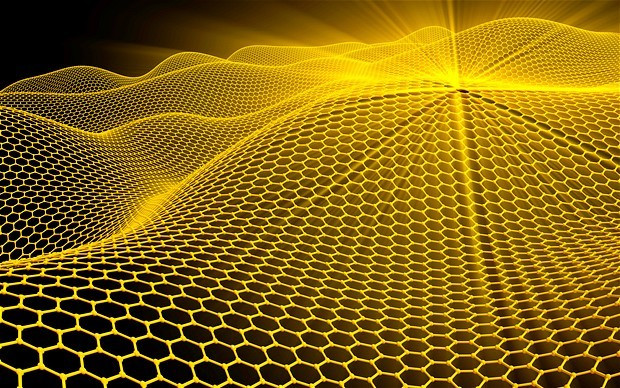This wonder material could provide a clean and limitless source of energy
The natural wave-like motion of carbon atoms in graphene can be harnessed to generate power.

Researchers have uncovered a way to harness a two-dimensional material that could provide clean and potentially limitless energy.
A team from the University of Arkansas discovered they could generate an alternating current, strong enough to indefinitely power a wristwatch, by utilising the unique material properties of graphene sheets.
Graphene is a single slice of graphite consisting of a lattice of carbon atoms just one atom thick. The material is incredibly strong, as well as a good conductor of heat and electricity, making it useful in a variety of settings. But for the latest study, the scientists were interested in the innate wave-like movements of the carbon atoms in graphene.
These carbon atoms vibrate as a result of the temperature around them, causing a wave-like ripple throughout the material.
"We've been studying a lot of different properties of graphene and at one point we decided to make it free standing," said Paul Thibado, author of the research, which is published in the journal Physical Review Letters.
"We figured out what was happening as the membrane was shaking around – the atoms were shaking around and vibrating but then every now and then this local convex section of the membrane would flip its curvature over and become concave."
The scientists discovered they could tap into the energy generated by these waves using a device they created known as the Vibration Energy Harvester (VEH).
It works by suspending a sheet of negatively charged graphene between two metal electrodes. When the atoms move in a wave-like motion, the graphene bends upwards and downwards, touching the electrodes on both sides, creating an alternating current.
This all takes place on a microscopic scale – each ripple bends an area of 10 nanometres squared and produces around 10 picowatts of power, a miniscule amount. However, when the area of graphene that bends is scaled up, enough energy can be produced to power a wristwatch.
Because the wave-like motions occur naturally, the VEH could provide power indefinitely without requiring any kind of input. It could potentially be used as a battery alternative which never needs charging and takes up very little space.
The next step for the researchers is to refine their technique and see if it could be applied to devices such as pacemakers, hearing aids and other wearable technology.





















